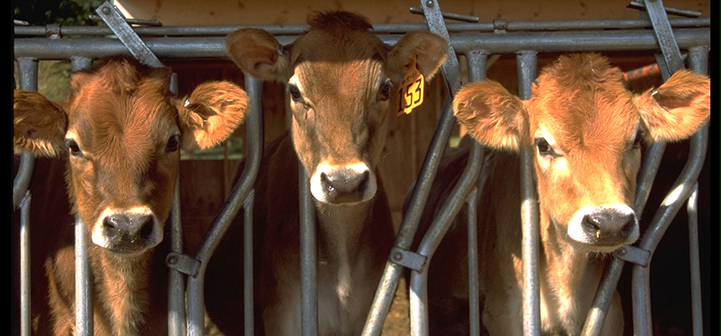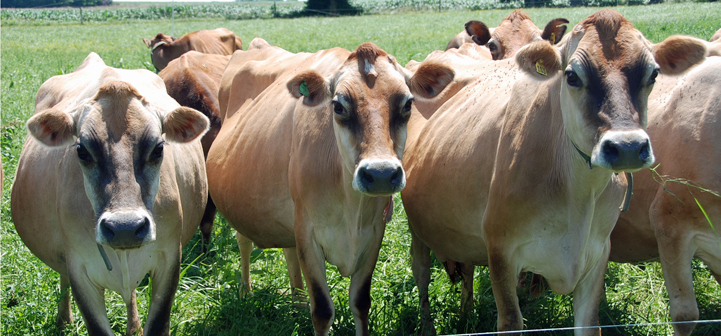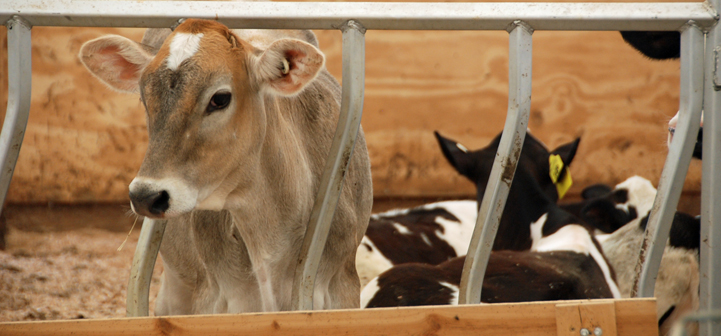
Take Home Messages
- Use of genomic markers has reduced the generation interval, defined as the average age of parents when their offspring are born.
- The generation interval of sires of bulls has decreased from approximately 7 to 2.5 years, while dams of bulls has decreased from 4 to 2.5 years.
- Genomic selection has increased the rate of improvement in economically important traits such as daughter pregnancy rate, productive life, and somatic cell score.
- Progeny-tested sires remain in demand and continue




